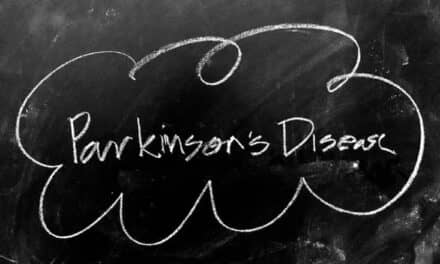Stimulating the vagus nerve in the ear can help relieving chronic pain, according to researchers from TU Wien and Vienna University of Technology (MedUni Vienna).
The researchers studied the microanatomy of the vagus nerve branches in the human ear, in relation to auricular blood vessels, with a precision on a micrometer scale and have developed novel, sophisticated methods for electric stimulation of the vagus nerve.
In their microanatomic study published in Frontiers in Neuroanatomy, the researchers analyzed the human ear on a micrometer scale and created a computer model to allow them to find optimal spots and optimal pulse shapes for electric stimulation. The results have now been successfully tested on patients, a media release from Vienna University of Technology explains.
The team already conducted several studies in which chronic pain or even peripheral circulatory disorders were treated with electrical stimulation of the vagus nerve in the ear. In this process, small electrodes are inserted directly into the ear, which then — controlled by a small portable device worn on the neck — create specific electrical pulses.
A major challenge, however, is to attach the electrodes in exactly the right place.
“It is important not to hit any blood vessels, and the electrodes have to be placed at exactly the right distance from the nerve,” electrical engineer Prof Eugenijus Kaniusas (Institute for Microwave and Circuit Engineering, TU Wien) explains in the release.
“If the electrode is too far away, the nerve is not stimulated at all. If it is too close, the signal is too strong, leading to blockage of the nerve. The nerve can become ‘tired’ over time and eventually stop sending signals to the brain.”
Until now, medical doctors had to rely on experience when positioning the electrodes in the ear. Now, for the first time, a microanatomical study has been carried out to investigate in great detail spatial arrangements of the nerve fibers and blood vessels in the ear. For this purpose, sectional images of tissue samples were photographed in high resolution and then combined into a three-dimensional model on the computer by Babak Dabiri Razlighi, a researcher on Kaniusas’ team.
“The blood vessels can be made clearly visible in patients by shining light through the ear,” says Prof Wolfgang J. Weninger from MedUni Vienna. “The nerves, however, cannot be seen. Our microanatomical measurements on donated human bodies now tell us exactly where the nerves run in relation to blood vessels, as well as the average distance between blood vessels and nerves at certain important positions of the ear. This helps us to find the correct spot for placing the stimulation electrodes.”
The computer model can also be used to calculate which electrical signals should be used. Not only the strength of the signal is important, but also its shape, according to the researchers.
“In our computer simulation, it was shown for the first time that from a biophysical point of view, a triphasic signal pattern should be helpful, similar to what is known from power engineering — only with much lower magnitude,” Kaniusas reports. “Three different electrodes each deliver oscillating electrical pulses, but these pulses are not in synch, there needs to be a specific time delay.”
This type of stimulation was tested on people suffering from chronic pain — and the experiments showed that indeed the triphasic stimulation pattern is particularly effective.
“Vagus nerve stimulation is a promising technique, the effect of which has been validated with our new findings and is now being further improved,” Kaniusas says. “Vagus nerve stimulation is often a lifesaving option, especially for people with chronic pain who have already been treated with other methods and do not respond to medication anymore.”
[Source(s): Vienna University of Technology, EurekAlert]





